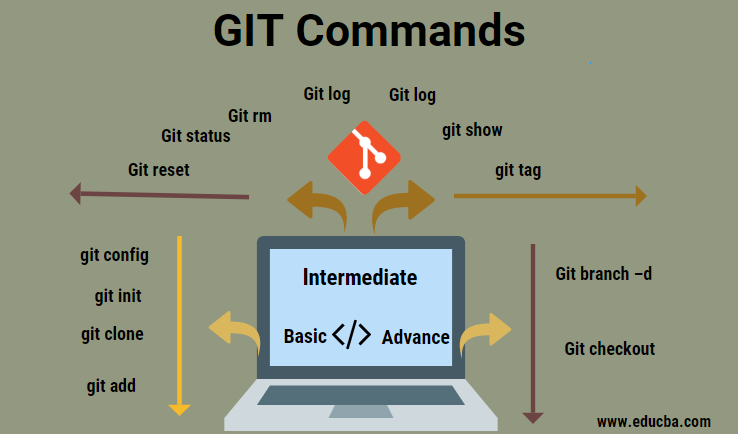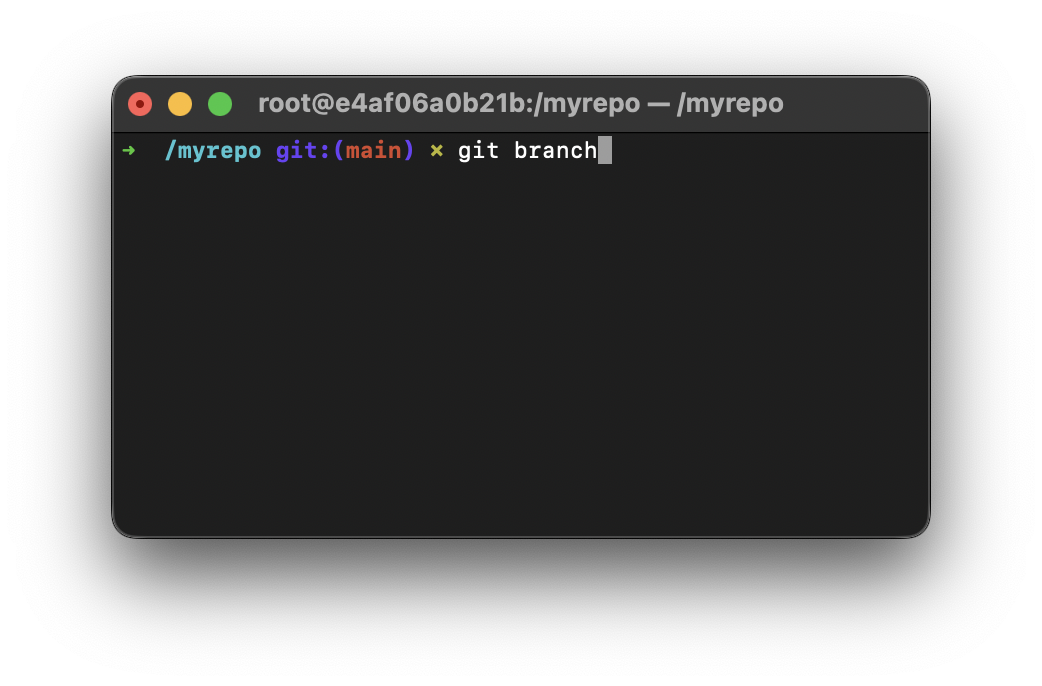
The command `git branch -a` will show both local and remote branches available in your local repository. Additionally, using flags such as `-v` and `–merged`, more information about the branches can be obtained. Conclusionįrom this blog post, it is clear that the `git branch` command can be used to list all local branches in a Git repository. Using git-diff you can compare two branches by viewing a diff between them, or you can use git-log to view a list of commits that comprise the difference. Many operations on branches are applied by git checkout and git merge command. If you want to list all remote branches that are available in your local repository, you can use the `git branch -a` command which shows both local and remote branches. The git branch command allows you to create, list, rename and delete branches. If you want to see more information about the branches, you can use the `-v` flag to include the last commit message and hash, and the `–merged` flag to show only the branches that have been merged into the currently active branch:

The current active branch will be marked with an asterisk () next to its name. This will list all the local branches in your Git repository. You can list local branches in Git by running the following command in your terminal or command prompt:

Git list branches command how to#
If you also provide a SHA-1 hash of a specific revision, your new branch will use that commit as its starting point.Are you looking for an easy way to list all the local and remote branches in your Git repository? In this blog post, we will show you how to use simple commands in your terminal or command prompt to quickly view a list of available branches. git branch -list maint-, list only the branches that match the pattern(s).-show-current.

Be careful with this, though: deleting branches that contain unmerged data shouldn't be done lightly. The git branch command is used to perform list, create, or delete operations on git branches. If the specified branch hasn't been fully merged yet, you'll have to use the capital "-D" flag.Note that you can also request all branches that already have been merged in your current HEAD by using the "-merged" option instead. This helps you understand which changes haven't been integrated into your current working context, yet. Returns all branches that have not been merged into your current HEAD branch. Or I can type git checkout feb + TAB to get all branches that begin with feb.



 0 kommentar(er)
0 kommentar(er)
